“Take a cue from the femmes fatales of the red carpet and play the card of pure seduction,” says the ad copy for Dior’s Style Liner Intense Liquid Eyeliner, $33.
OK, I’ll bite. It’s hard-core research for my job, no? Happily I was not disappointed. The product is easy to apply, dries quickly and leaves you with a supple line that lasts for several hours.
As promised, Style Liner is an intense black so use sparingly for daytime – just a bit of liner will likely be enough. (When you pull the brush from the tube, the brush is fully loaded and you probably won’t need all that.) I’m a bit puzzled as to why it doesn’t come in at least one other color. From time to time, I like to spice up my playing cards with a rich cobalt or forest green.
Product Source: From my own collection. I did not receive product or compensation from Dior.
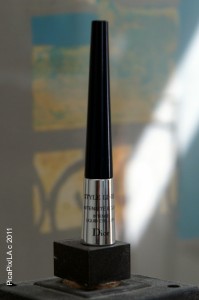







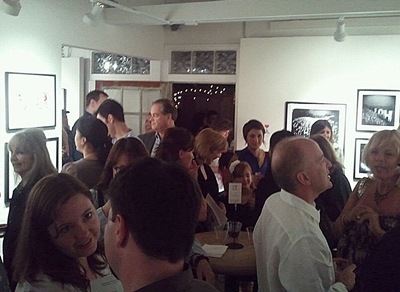
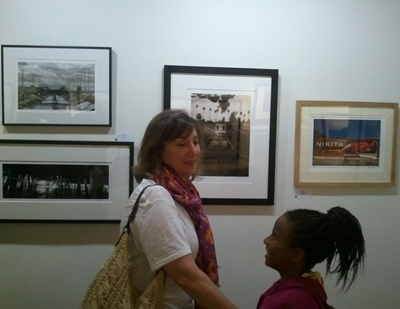
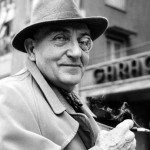
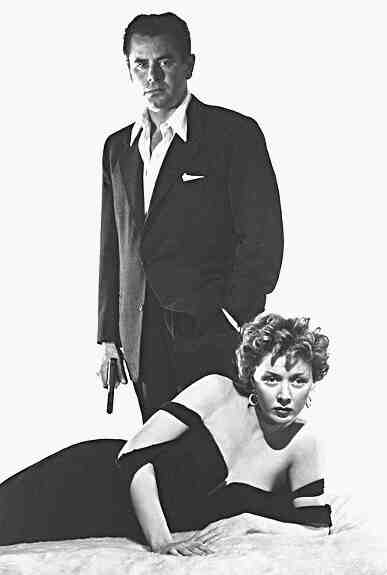
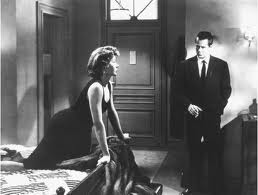
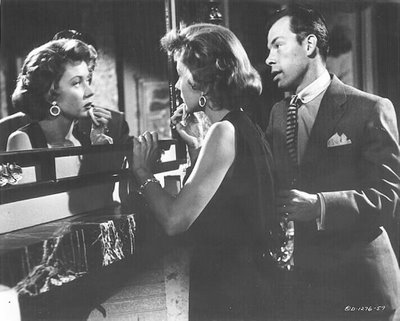
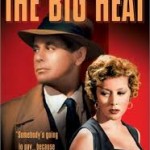
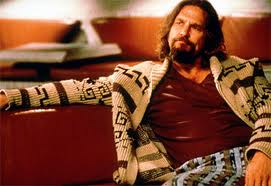


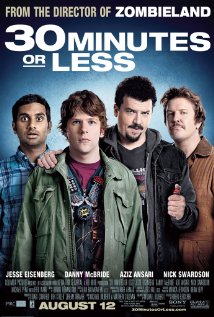
![NC_Chicago225[1]](http://www.filmnoirblonde.com/wp-content/uploads/2011/08/NC_Chicago2251-214x300.jpg)
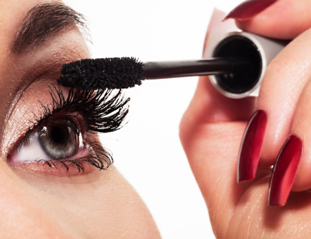

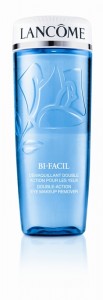

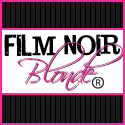



From FNB readers